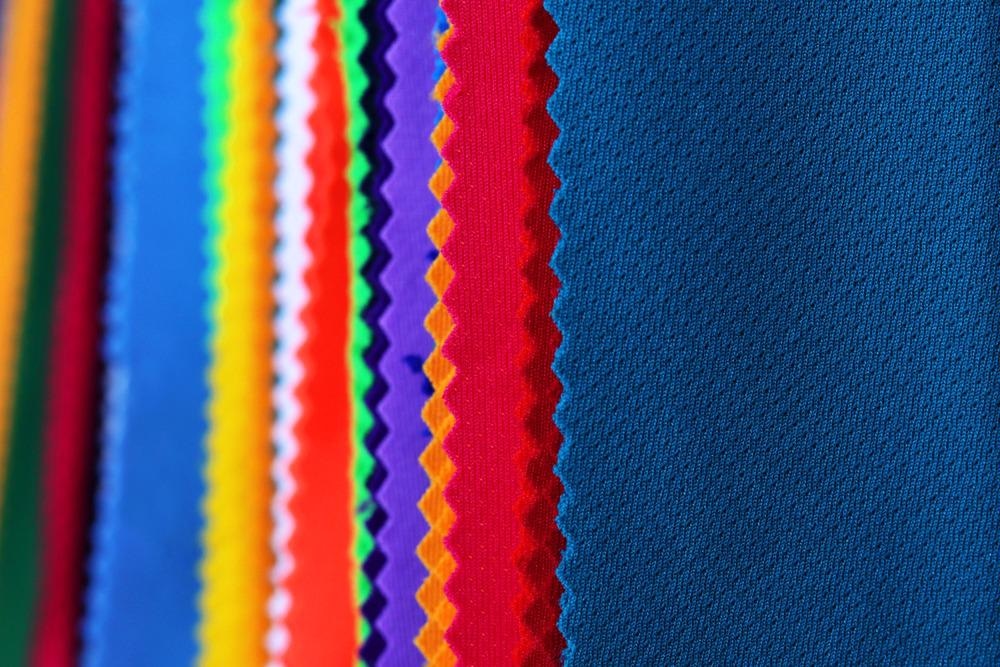3D printing, otherwise known as additive manufacturing, has become a key technology in the 21st century driving progress in several industries. A pre-proof which will appear in the journal Bioprinting has investigated the development of 3D-printed biodegradable polyester for tissue engineering and biomedical applications.

Study: Biodegradable polyester platform for extrusion-based bioprinting. Image Credit: katunes pcnok/Shutterstock.com
3D Bioprinting
3D bioprinting is an emerging tissue engineering technology that can produce products with complex architectures which mimic biological structures. Functional 3D products which display bioactivity and well-defined scaffold frames can be produced using the simultaneous dispensing of two or more biopolymer materials.
There are four main fabrication techniques for bioprinting 3D and 4D functional biomimicking structures: stereolithographic, laser-assisted, inkjet-based, and extrusion-based additive manufacturing methods. Amongst these, extrusion-based methods have been widely explored due to their cost-effectiveness, compatibility with different cell types and biomaterials, and the ability to fabricate both viscous hydrogels and thermoplastic polymers.
In extrusion-based bioprinting, the bio-ink is constantly extruded from a nozzle according to a pre-set digital design and deposited layer-by-layer onto a substrate material. Mechanical or pneumatic-driven micro-extrusion is used to realize the constant dispensing of viscous materials through the system’s nozzle.
Modern extrusion-based 3D printers use two or more print heads that can extrude multiple biomaterials and with the possibility of multi-material and/or coaxial bioprinting, artificial tissues can be printed with numerous advanced mechanical properties.
Printing Smart Stimuli-Responsive Materials
Recent studies in the field of bioprinting have demonstrated that it is possible to create a composite matrix with smart stimuli-responsive behavior, expanding the printed architecture beyond simple mechanical support. Aliphatic (co)polyesters have been widely explored for this purpose in tissue engineering due to their biocompatibility and biodegradability.
Bio inks are formulations of biomaterials that contain living cells, signaling molecules, and other biologically important molecules and structures. These are viscous solutions that can be easily printed by extrusion-based methods and other 3D printing techniques. Bio inks are normally converted from their liquid form to a stable hydrogel to facilitate the fixing of biological structures during printing. This can be achieved using thermally, photo, or chemically induced crosslinking.
Due to their properties, hydrogels are commonly used to fabricate 3D and 4D bioprinted structures. They create hydrophilic networks which strongly resemble organic soft tissue extracellular networks and some hydrogels are inherently bioactive. Conversely, synthetic thermoplastic polymers are primarily used as mechanical supports.
Currently, many polymers which can be printed using additive manufacturing as bio inks are of either organic or synthetic origin. Amongst the library of available biocompatible polyesters, PLA, PGLA, and PCL are forerunners due to their attractive biocompatibility, mechanical properties, easy printability, and the formation of non-toxic products due to their susceptibility to hydrolytic degradation.
More from AZoM: What Raw Materials Can Be 3D Printed?
When choosing the right biopolymers for bioprinting and tissue engineering, materials must be biocompatible, biodegradable, non-toxic, and possess similar mechanical properties to the bioprinted structure’s application. This is crucial to satisfy the requirements of tissue engineering and maintain the viability of grafted cells. Moreover, the abilities of smart biopolymers such as shape-morphing, changing sizes, and functional responses to stimuli such as temperature, pH, and ionic strength facilitate 4D processing.
The Study
Currently in pre-proof, the study has explored research in the field of 3D bioprinting and tissue engineering. In the research, the authors have explored the most important synthetic biopolymers for the 3D extrusion-based printing of functional engineered tissue architectures.
One hundred and twenty-two studies have been included in a comprehensive review of current literature. Due to extensive coverage in the literature, the authors have not discussed in detail state-of-the-art 3D bioprinting applications for bone, cartilage, and nerve and liver tissues.
PCL-based 3D bioprinting has been discussed, with several applications highlighted in the study, including the use of PCL-based tubular structures for nerve graft bioengineering, due to their adequate tensile properties. Another application for this synthetic biopolymer that has been studied recently is the use of 3D PCL scaffolds for supporting decellularized extracellular matrix.
PCL has also been extensively explored for 4D processing due to abilities such as shape memory effects exhibited by chemically crosslinked PCL networks. Recent studies have also explored the functionalization of PCL with magnetic nanoparticles to achieve responses to magnetic fields.
The study has also investigated PLGA 3D-bioprinting. One aspect of the current study highlighted is the use of PLGA for ensuring bioactivity and biomechanical function due to scaffolds not possessing optimal mechanical properties which would otherwise make the material suitable for load-bearing applications. PLA 3D and 4D bioprinting have been discussed by the authors, as well as cryogenic3D printing, a new technique for 3D bioprinting which can fabricate porous, hierarchical, and biomimicking structures which possess gradient mechanical properties.
Based on their focus review of the current literature and perspectives in 3D bioprinting with synthetic (co) polyesters, the authors have concluded that there is vast application potential for this technology in the biomedical sciences. There are potentials for delivering bioactive molecules in situ for applications such as tissue engineering and drug delivery. The possibility of tailor-made biomimicking structures is exciting for the field of medical sciences.
Although the field of 3D bioprinting is still a nascent one, the authors have predicted that it will revolutionize the field of biomedical science much the same way as 3D printing has revolutionized engineering and manufacturing.
Further Reading
Hermanová, S & Pumera, M (2022) Biodegradable polyester platform for extrusion-based bioprinting [pre-proof] Bioprinting e00198 | sciencedirect.com. Available at: https://www.sciencedirect.com/science/article/pii/S2405886622000082
Disclaimer: The views expressed here are those of the author expressed in their private capacity and do not necessarily represent the views of AZoM.com Limited T/A AZoNetwork the owner and operator of this website. This disclaimer forms part of the Terms and conditions of use of this website.